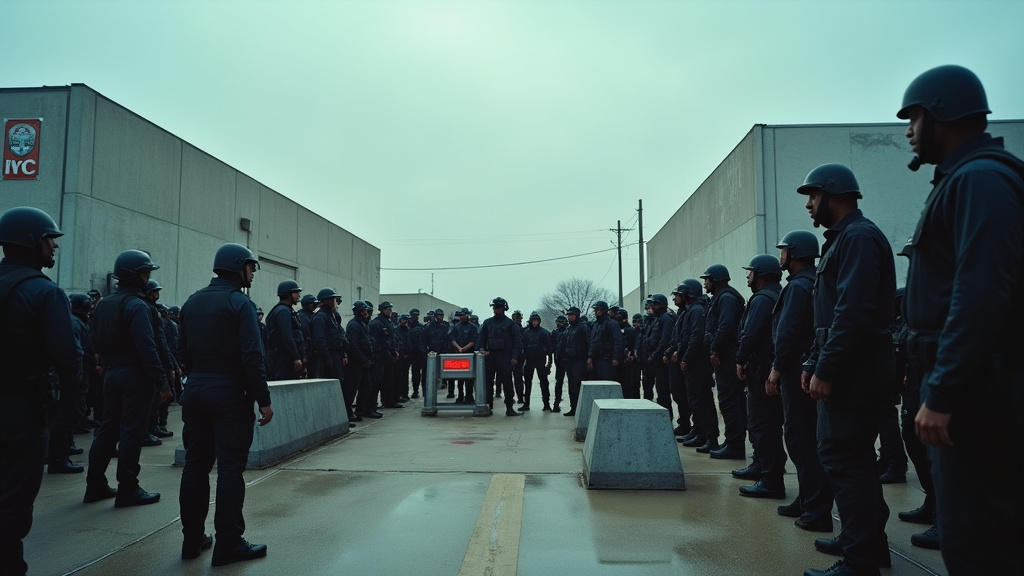CHICAGO – An Extreme Heat Warning remains in effect for the Chicagoland area, issued by the National Weather Service, as the region braces for dangerously hot and humid conditions persisting through midnight on Monday, June 23, 2025.
Forecasters are predicting high temperatures to climb well into the 90s across the metropolitan area. Coupled with oppressive humidity, peak afternoon heat index values are anticipated to range dramatically from 100 to 105 degrees Fahrenheit, creating conditions that pose significant health risks.
Understanding the Impact
The severity of the current heatwave is compounded by minimal overnight relief. In the city core, the Urban Heat Island effect is expected to prevent temperatures from dropping below 80 degrees Fahrenheit, offering little respite from the daytime extremes. This lack of significant cooling during nighttime hours contributes to cumulative heat stress, making conditions particularly hazardous for vulnerable populations.
Elderly residents and individuals with pre-existing health issues are identified as being at heightened risk. Prolonged exposure to such extreme heat, especially without adequate cooling, can quickly lead to heat-related illnesses, including heat exhaustion and potentially life-threatening heatstroke.
City Response and Resources
The City of Chicago’s Office of Emergency Management and Communications (OEMC) is actively monitoring the unfolding situation in close coordination with the National Weather Service. The OEMC is spearheading the city’s comprehensive response efforts, aimed at assisting residents and mitigating the impacts of the heatwave.
Public safety officials are urging residents to take proactive steps to protect themselves. Key recommendations include staying indoors in air-conditioned environments as much as possible, strictly avoiding prolonged sun exposure, and drinking ample fluids to stay hydrated. Community members are also strongly encouraged to check on vulnerable neighbors and relatives who may be more susceptible to the heat’s effects.
For those requiring assistance or needing to locate cooling resources, the public is advised to dial 3-1-1. This dedicated non-emergency line can facilitate requests for well-being checks on individuals who may be at risk and provide directions to nearby cooling centers.
The city has activated an extensive network of cooling centers across Chicago. Over 250 locations are available to the public, providing much-needed relief from the heat. These facilities include Chicago Public Libraries, Chicago Park District fieldhouses, police stations, and pools, offering a variety of accessible options for residents seeking shelter from the high temperatures.
Regulatory Measures and Outreach
In addition to providing direct resources, officials are reminding property owners of existing regulations designed to ensure tenant safety during periods of extreme heat. The 2022 Cooling Ordinance remains in effect, requiring certain residential buildings to provide either air conditioning or a designated cooling area for residents when the heat index exceeds 80°F.
Furthermore, targeted outreach efforts are underway to support the city’s most vulnerable residents. Drivers participating in the Home Delivered Meals program, which serves 9,200 senior residents, have been briefed and will be especially watchful for any signs of heat distress among clients during their deliveries. This proactive measure aims to identify individuals needing assistance who may not otherwise seek help.
As the Extreme Heat Warning continues through Monday, June 23, 2025, residents are urged to remain vigilant, follow safety guidelines, and utilize the available city resources to stay safe.











